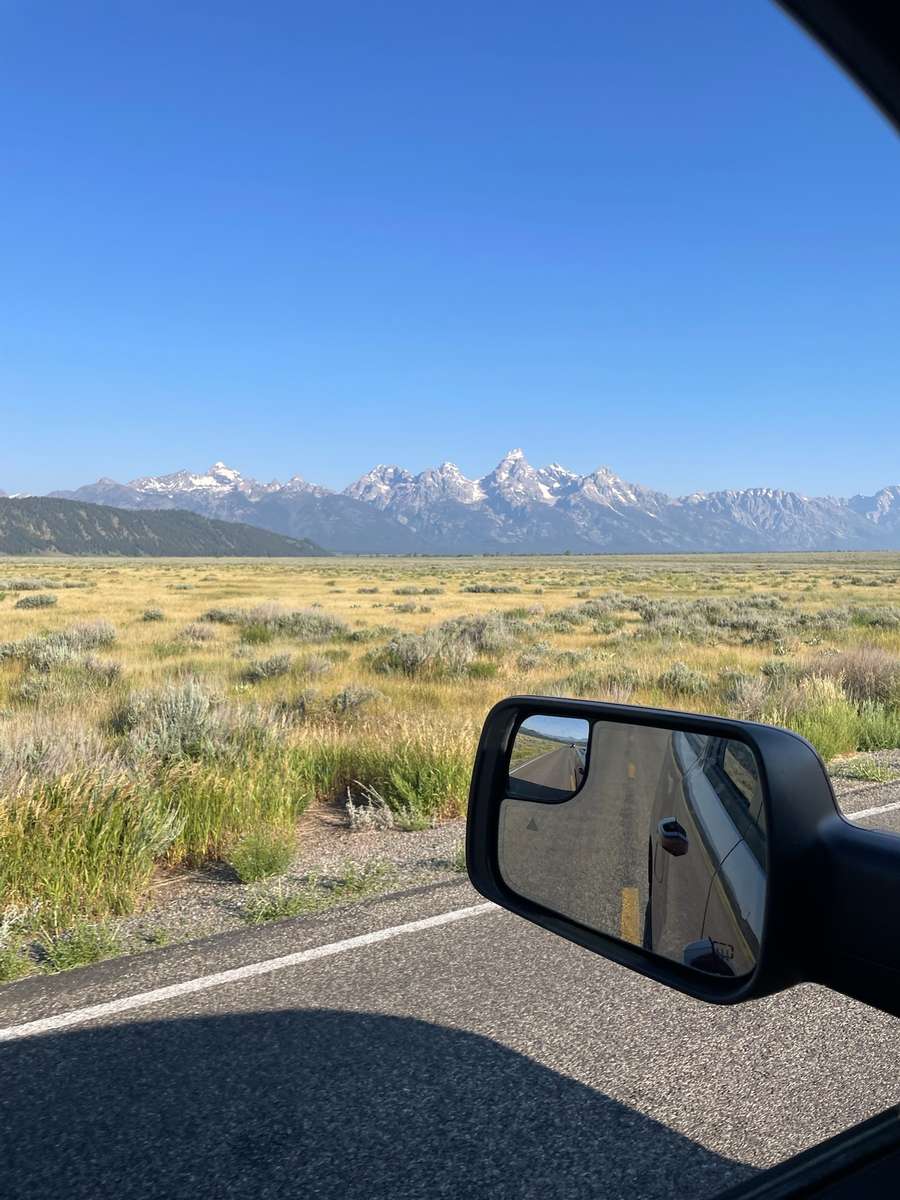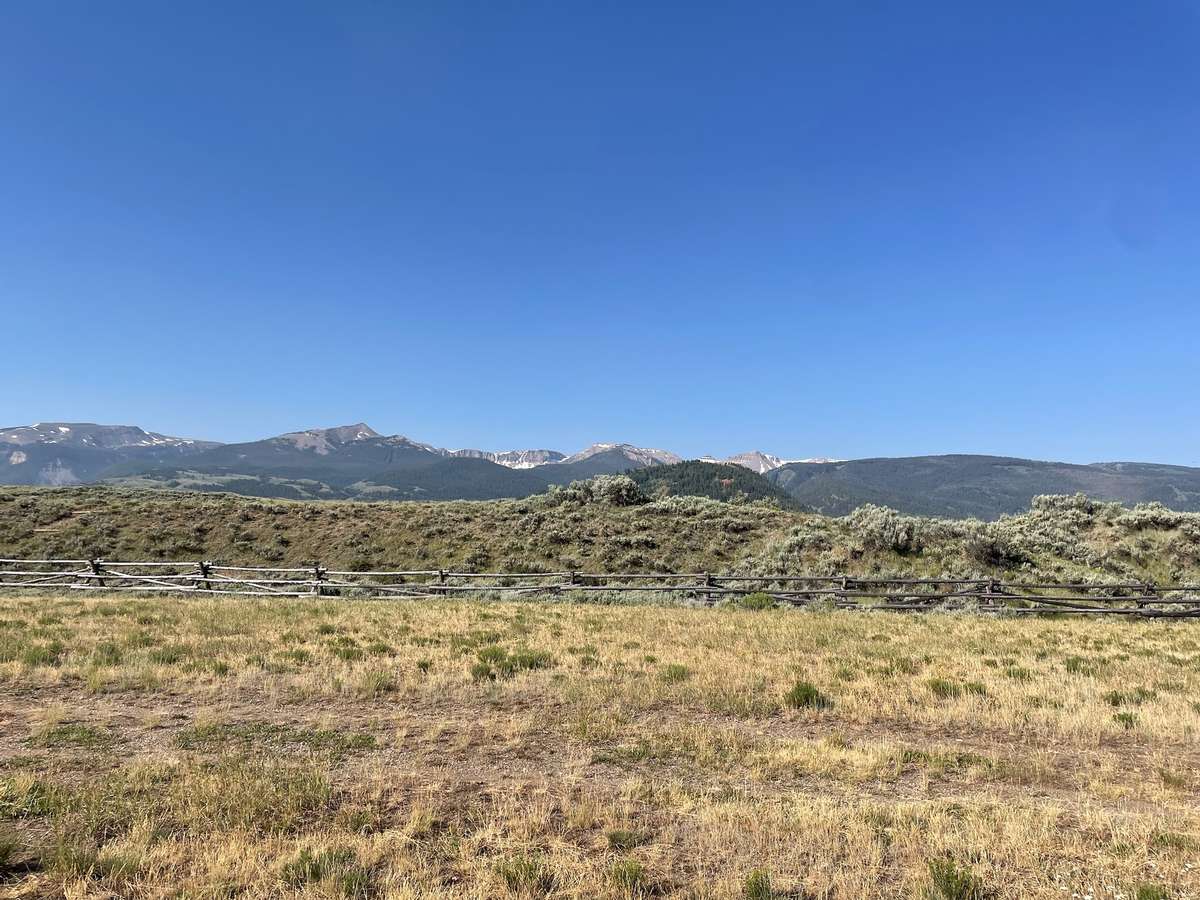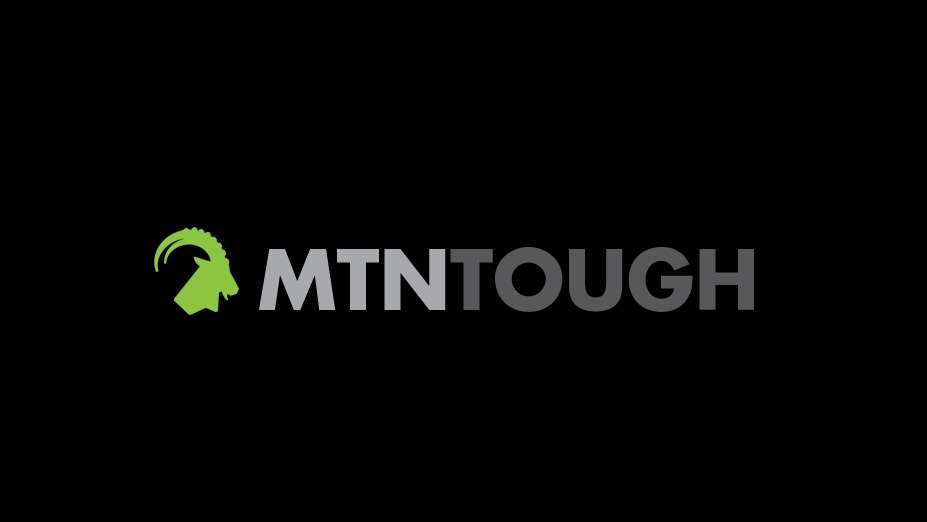
Tear

Getting to Jackson
Guests who choose to fly are encouraged to fly into Jackson Hole Airport (JAC). From JAC you are welcome to take Uber/Lyft into Jackson or rent a vehicle. Some clients will choose to fly into Salt Lake City International airport (SLC) (there can be more flight options) and then rent a vehicle to make the roughly four hour drive into Jackson Hole. If you stay in the town of Jackson, which is our recommendation, most restaurants, bars and shops are within walking distance so a rental car is only necessary if you wish to spend time touring the area outside of town and/or wish to drive to the trailhead yourself.

Getting to Camp
Our guests can choose to be picked up directly from their hotel and chauffeured to the trailhead, or may choose to bring their own vehicle to the trailhead. From the trailhead, we have a four mile journey on side-by-sides down our private trail to camp itself.
Licensing & Rules
Hunting License
The Wyoming Game & Fish has provided detailed instruction on what’s needed, and how to purchase a license. Please check out their Licensing information found here. You are welcome to reach out to Mountain Ivory Adventures with any questions.
Hunter Safety
Any hunter born on or after January 1, 1966 must have completed – and must possess – a valid Hunter Safety Certificate.
Exhibit of certificates are not required to apply for or obtain a Wyoming license; however, certificates must be carried in the field. The minimum age to hunt big game in Wyoming is 12.
Physical Fitness
Hunting is a demanding physical activity, particularly in the mountains of western Wyoming. Achieving the right level of mental and physical conditioning can greatly enhance your chances of harvesting a trophy and enjoying your adventure to the fullest. Each hunt is a once-in-a-lifetime experience, and your fitness and mental preparedness are two key factors within your control. Many of our staff use, and recommend, MTNTough and our guests receive a 30% discount using code MOUNTAINIVORY at checkout. Whether you choose this program or another, we strongly encourage clients to maximize these aspects by preparing in the following ways:
Physical Preparation:
Engage in both aerobic and anaerobic exercise 3 – 4 times per week aiming for 30 – 60 minutes of continuous exercise, with a minimum of 20 minutes.
Suggested Activities:
- Running or brisk walking (2-3 miles)
- Biking (mountain or road bike)
- Organized sports (basketball, hockey, soccer, or tennis)
- Exercise machines (stair-master, treadmill, bike)
- Circuit training with free weights or universal system
- Swimming
- Aerobic classes (Tai Bo, step aerobics, etc.)
- Hiking with hunting boots and pack
Horseback Hunts:
Horseback riding is physically less strenuous than backpacking, but prior experience can enhance your enjoyment. Novice riders should take riding lessons to learn proper muscle use. Those with access to horses should ride several times a week before the guided hunt to minimize soreness.
Marksmanship
Whether your weapon of choice is a firearm or a bow, familiarity with your weapon is crucial for making accurate kill shots and achieving a successful trophy hunt. Beyond weapon familiarity, following hunter safety recommendations is essential for proper weapon handling. Always be aware of your guide's and non-hunting companions' locations, especially when using muzzleloaders, as the sound can cause serious injuries to nearby individuals.
Extensive practice and high-quality equipment can significantly improve your chances during the hunt. One of the key factors for success is your shooting ability. Prepare well in advance by carefully sighting in your rifle. Practice shooting from sitting, prone, and offhand positions. Aim to shoot 100 to 200 rounds of ammunition at distances ranging from 50 to 350 yards, with most shots around 200 yards. Since there are no shooting benches in the field, ensure you get ample practice shooting prone and off a backpack.

Taxidermy & Meat Processing
Upon harvesting your animal, your guide will handle the field dressing. We are happy to recommend options for taxidermy work and meat processing. The costs for these services are your responsibility. If you prefer, your animal’s meat can be donated to a local food bank, though you will still be responsible for the processing fees. Meat cutting fees vary by processor. You can also arrange to have your meat shipped home via FedEx, coordinating directly with the meat processors when you drop off your animal.
If you plan to take your trophy head home by commercial airline, special care is required. We strongly advise contacting your airline beforehand to understand their regulations, as recent changes have made it more challenging to bring heads home as baggage. Alternatively, local taxidermists can cape, box, and ship heads for you, but this will incur additional charges. Additionally, please check your home state's regulations regarding the transport of meat and heads from Wyoming, especially concerning chronic wasting disease.
Packing Lists
Below you can find the recommended items and gear we suggest you bring depending on the hunt. These items help insure your safety, comfort and success in the field with us.

